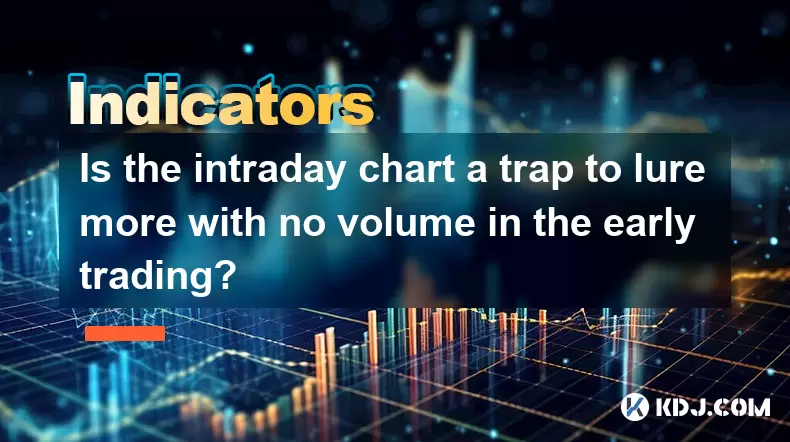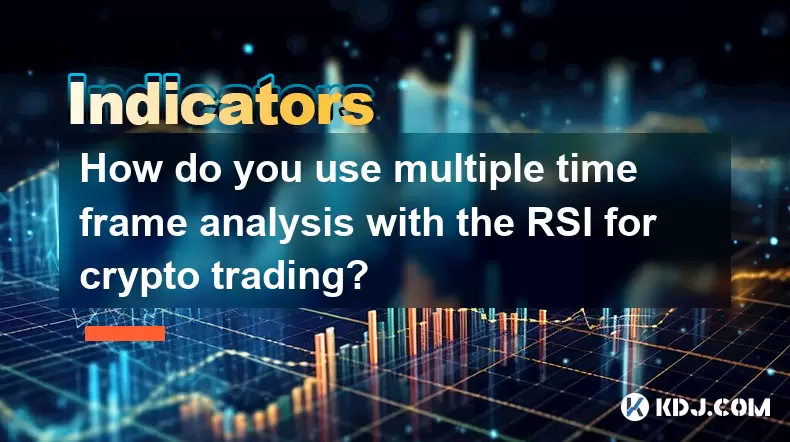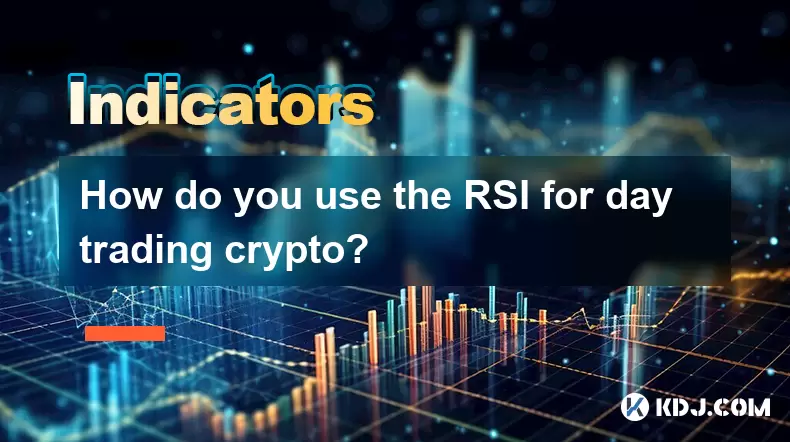-
 Bitcoin
Bitcoin $118400
0.47% -
 Ethereum
Ethereum $3836
2.20% -
 XRP
XRP $3.157
2.98% -
 Tether USDt
Tether USDt $0.9999
-0.03% -
 BNB
BNB $801.5
1.31% -
 Solana
Solana $180.9
2.07% -
 USDC
USDC $0.9999
-0.02% -
 Dogecoin
Dogecoin $0.2225
2.50% -
 TRON
TRON $0.3285
-1.02% -
 Cardano
Cardano $0.7789
2.60% -
 Hyperliquid
Hyperliquid $43.60
2.39% -
 Sui
Sui $3.892
4.41% -
 Stellar
Stellar $0.4229
3.34% -
 Chainlink
Chainlink $18.01
3.98% -
 Hedera
Hedera $0.2745
6.77% -
 Bitcoin Cash
Bitcoin Cash $582.3
3.38% -
 Avalanche
Avalanche $23.77
1.04% -
 Ethena USDe
Ethena USDe $1.001
0.01% -
 Toncoin
Toncoin $3.493
3.59% -
 Litecoin
Litecoin $110.0
2.48% -
 UNUS SED LEO
UNUS SED LEO $8.936
-0.37% -
 Shiba Inu
Shiba Inu $0.00001304
2.49% -
 Uniswap
Uniswap $9.999
1.09% -
 Polkadot
Polkadot $3.897
3.26% -
 Monero
Monero $308.6
-0.83% -
 Dai
Dai $0.9999
-0.01% -
 Bitget Token
Bitget Token $4.504
-0.04% -
 Pepe
Pepe $0.00001154
2.95% -
 Cronos
Cronos $0.1471
3.06% -
 Ethena
Ethena $0.6691
19.53%
Is the intraday chart a trap to lure more with no volume in the early trading?
Intraday charts in crypto can mislead traders with sharp price moves lacking real volume, creating false momentum and trapping those who act without verifying liquidity or using multi-timeframe analysis.
Jun 21, 2025 at 04:28 pm

Understanding the Intraday Chart in Cryptocurrency Trading
In cryptocurrency trading, intraday charts are widely used by traders to make decisions based on short-term price movements. These charts reflect price changes within a single trading day and are typically broken into intervals such as 1-minute, 5-minute, or 15-minute segments. For many novice traders, these charts appear highly responsive and can suggest strong momentum. However, interpreting them without context—especially when there's no volume in early trading—can lead to misleading conclusions.
The core issue lies in how price action is perceived during low-liquidity periods. When a chart shows sharp spikes or drops early in the trading session but lacks corresponding volume, it often reflects artificial movement rather than genuine market consensus. This discrepancy raises concerns about whether such patterns are designed to lure traders into making hasty decisions.
What Does "No Volume in Early Trading" Mean?
When traders refer to no volume in early trading, they mean that there’s minimal buying or selling activity during the initial phase of a trading session. In traditional markets, this may be due to limited participation from institutional players. In the crypto world, where markets operate 24/7, this phrase usually refers to times when major exchanges or regions are not actively trading.
Despite the absence of real volume, price might still move dramatically due to small trades or even automated bots. These moves can create false signals on intraday charts, giving the impression of momentum or trend formation. Traders who rely solely on price action without checking on-chain volume data or order book depth may fall into what appears to be a trap set by market noise.
Why Is Volume Important for Interpreting Intraday Charts?
Volume serves as a critical confirmation tool in technical analysis. A rising price accompanied by increasing volume suggests strong buyer interest, while a falling price with high volume indicates strong seller pressure. Conversely, if the price rises sharply but volume remains flat or negligible, it signals weak conviction behind the move.
On an intraday chart, especially in cryptocurrency, low-volume spikes can mislead traders into thinking a breakout or reversal is happening. In reality, these moves often lack sustainability. They may be caused by wash trading, bot-generated orders, or minor trades executed in illiquid pairs. As a result, relying on such charts without verifying volume authenticity can lead to premature entries or losses.
How Do Low-Volume Price Movements Create a Luring Effect?
The visual nature of candlestick formations on intraday charts makes them particularly susceptible to psychological manipulation. A sudden bullish engulfing pattern or a breakout above a resistance level, when viewed in isolation, can entice traders to enter positions expecting a continuation.
However, if these moves occur during periods of negligible volume, the likelihood of them being meaningful decreases significantly. Market makers or algorithmic systems can engineer such moves to trigger stop-losses or attract retail buyers. The illusion of momentum created by these moves can cause traders to chase prices, only to find themselves stuck in a position with no real follow-through.
This phenomenon is more common in less popular or thinly traded cryptocurrencies. In such cases, even small trades can generate exaggerated price swings, further amplifying the trap-like behavior of intraday charts.
How Can Traders Avoid Falling Into This Trap?
To avoid being misled by deceptive intraday chart patterns, traders should adopt several defensive strategies:
- Cross-check volume sources: Ensure that the volume displayed on your chart comes from reliable exchange data or aggregated feeds. Some platforms show manipulated or incomplete volume figures.
- Use order book analysis: Platforms that provide depth-of-market (DOM) views allow traders to see real liquidity levels. If a price spike occurs without matching buy/sell walls, it likely lacks strength.
- Avoid chasing breakouts blindly: Wait for a pullback or consolidation after a sharp move before entering. Genuine trends tend to have sustainable volume and retest key levels.
- Combine timeframes: Look at higher timeframes like 1-hour or 4-hour charts to confirm whether the early movement aligns with broader sentiment.
- Verify with on-chain metrics: Tools like blockchain explorers or analytics platforms can help determine whether real holders are moving assets or whether transactions are internal or cyclical.
By incorporating these practices, traders can reduce their exposure to false signals generated by low-volume price actions on intraday charts.
Frequently Asked Questions
Q: Can I trust intraday charts on decentralized exchanges?
A: Decentralized exchanges (DEXs) often lack transparent volume reporting and suffer from lower liquidity compared to centralized ones. Therefore, intraday charts on DEXs are more prone to misleading patterns due to low or spoofed volume.
Q: How do I differentiate between real volume and fake volume?
A: Real volume comes from genuine trades executed between independent parties. Fake volume includes wash trades, repetitive transfers between linked accounts, or inflated numbers reported by exchanges. Use third-party tools like CoinGecko or CoinMarketCap to cross-verify exchange volumes.
Q: Should I completely ignore intraday charts if volume is low?
A: No, but you should interpret them cautiously. Consider using them alongside other indicators like order flow, market depth, and multi-timeframe analysis to filter out false signals.
Q: Are certain cryptocurrencies more vulnerable to these traps?
A: Yes. Less liquid coins with low market capitalization are more susceptible to artificial price movements. Major cryptocurrencies like Bitcoin and Ethereum tend to have more stable volume profiles, reducing the risk of misleading chart patterns.
Disclaimer:info@kdj.com
The information provided is not trading advice. kdj.com does not assume any responsibility for any investments made based on the information provided in this article. Cryptocurrencies are highly volatile and it is highly recommended that you invest with caution after thorough research!
If you believe that the content used on this website infringes your copyright, please contact us immediately (info@kdj.com) and we will delete it promptly.
- SEC, Crypto, and Securities: Navigating the New Frontier
- 2025-08-01 05:10:12
- Cardano (ADA) Market Cap: Can It Compete with Emerging Cryptocurrencies and Meme Coins?
- 2025-08-01 04:30:12
- SEC, Crypto, and On-Chain: Navigating the Regulatory Maze
- 2025-08-01 02:31:40
- Jito Labs, Solana, and Liquid Staking: Riding the Wave of Innovation
- 2025-08-01 03:50:12
- Perpetual DEX: Navigating Onchain Trading and Solving Core Problems, a NY Perspective
- 2025-08-01 03:57:53
- Bitcoin Bullish Market: How Long Positions are Boosting the Crypto King
- 2025-08-01 02:35:33
Related knowledge

How do you use multiple time frame analysis with the RSI for crypto trading?
Aug 01,2025 at 05:19am
Understanding the Role of RSI in Crypto TradingThe Relative Strength Index (RSI) is a momentum oscillator that measures the speed and change of price ...

How can you use the RSI to determine exit points in crypto trades?
Aug 01,2025 at 04:29am
Understanding the Role of RSI in Crypto TradingThe Relative Strength Index (RSI) is a momentum oscillator widely used in the cryptocurrency market to ...

How do you use the RSI for day trading crypto?
Aug 01,2025 at 05:26am
Understanding the RSI in Cryptocurrency TradingThe Relative Strength Index (RSI) is a momentum oscillator that measures the speed and change of price ...

What does it signify when the MACD crosses below the zero line?
Aug 01,2025 at 01:43am
Understanding the MACD IndicatorThe Moving Average Convergence Divergence (MACD) is one of the most widely used technical analysis tools in the crypto...

How does the MACD histogram show momentum?
Aug 01,2025 at 01:16am
Understanding the MACD Histogram and Its Role in Cryptocurrency TradingThe MACD histogram is a visual representation of the difference between the MAC...

What is a MACD crossover?
Jul 31,2025 at 11:52pm
Understanding the Role of Private Keys in Cryptocurrency SecurityIn the world of cryptocurrency, private keys are the cornerstone of ownership and con...

How do you use multiple time frame analysis with the RSI for crypto trading?
Aug 01,2025 at 05:19am
Understanding the Role of RSI in Crypto TradingThe Relative Strength Index (RSI) is a momentum oscillator that measures the speed and change of price ...

How can you use the RSI to determine exit points in crypto trades?
Aug 01,2025 at 04:29am
Understanding the Role of RSI in Crypto TradingThe Relative Strength Index (RSI) is a momentum oscillator widely used in the cryptocurrency market to ...

How do you use the RSI for day trading crypto?
Aug 01,2025 at 05:26am
Understanding the RSI in Cryptocurrency TradingThe Relative Strength Index (RSI) is a momentum oscillator that measures the speed and change of price ...

What does it signify when the MACD crosses below the zero line?
Aug 01,2025 at 01:43am
Understanding the MACD IndicatorThe Moving Average Convergence Divergence (MACD) is one of the most widely used technical analysis tools in the crypto...

How does the MACD histogram show momentum?
Aug 01,2025 at 01:16am
Understanding the MACD Histogram and Its Role in Cryptocurrency TradingThe MACD histogram is a visual representation of the difference between the MAC...

What is a MACD crossover?
Jul 31,2025 at 11:52pm
Understanding the Role of Private Keys in Cryptocurrency SecurityIn the world of cryptocurrency, private keys are the cornerstone of ownership and con...
See all articles

























































































